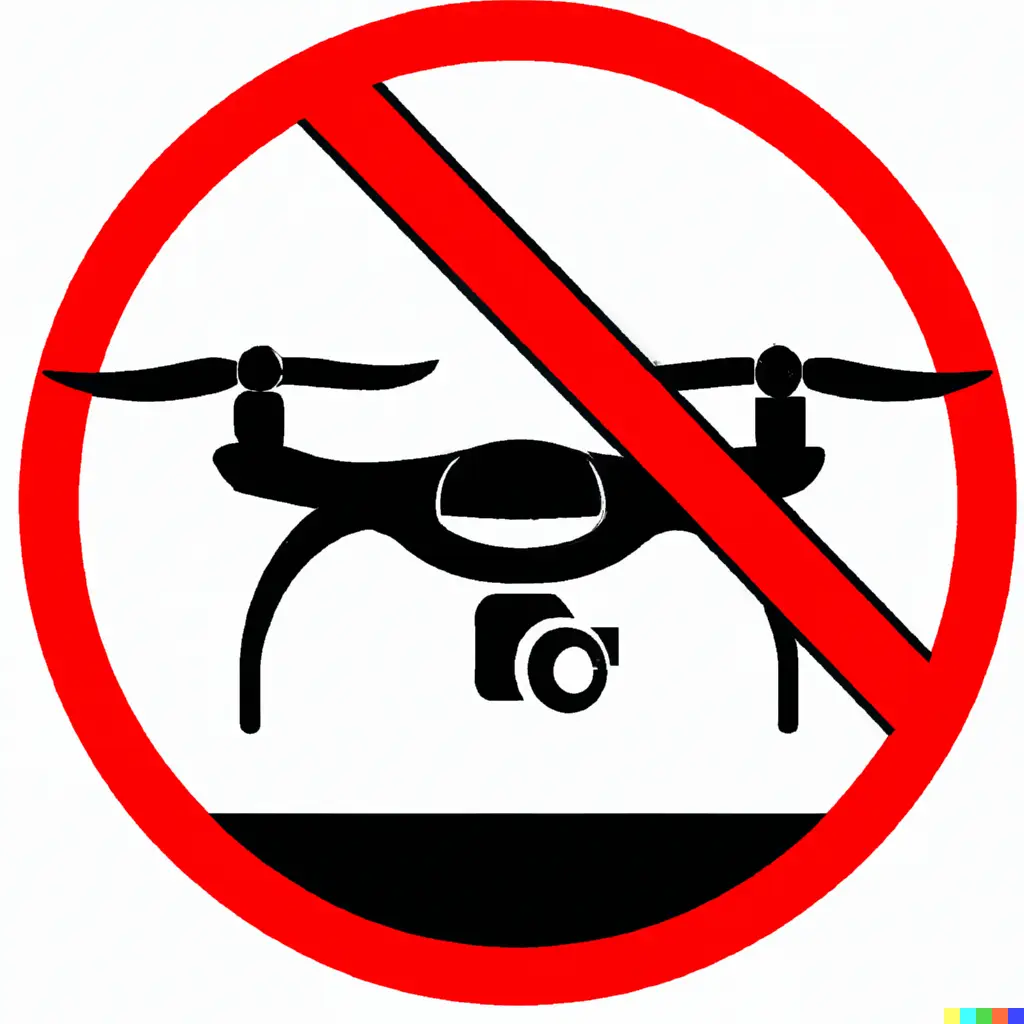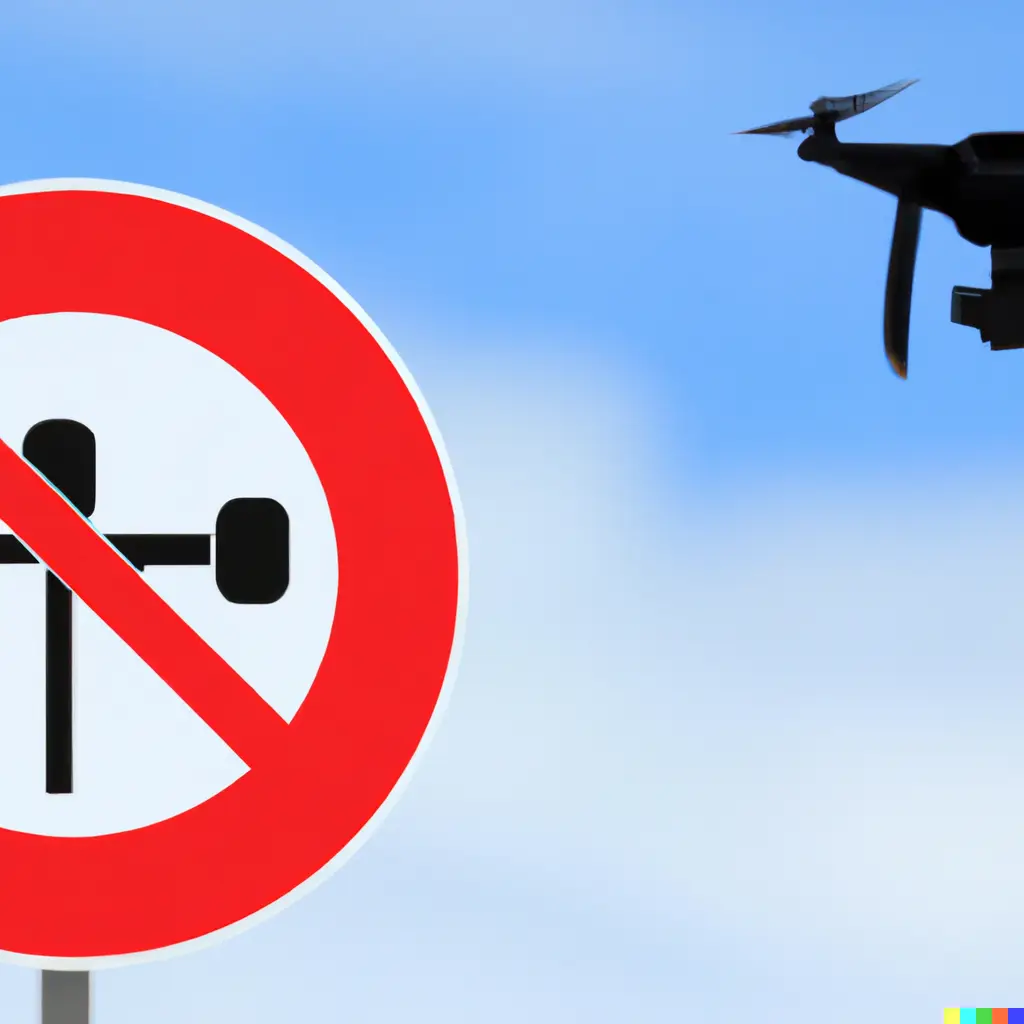
Introduction:
Drones, also known as Unmanned Aerial Vehicles (UAVs) or Unmanned Aircraft Systems (UAS), have become increasingly popular in recent years, offering diverse applications ranging from recreational photography to commercial deliveries and surveying. However, the use of drones is subject to a complex web of regulations designed to ensure safety, privacy, and responsible use of the airspace. In this comprehensive guide, we will delve into the various aspects of drone flight regulations, covering topics such as registration, airspace restrictions, safety guidelines, and privacy considerations.
I. Registration and Certification:
- Federal Aviation Administration (FAA) in the United States:
- In the U.S., drones that weigh over 0.55 pounds (250 grams) must be registered with the FAA.
- Commercial drone operators must obtain a Part 107 Remote Pilot Certificate.
- Recreational users should follow FAA guidelines, which include flying within visual line of sight, under 400 feet, and away from people and manned aircraft.
- European Union (EU):
- The EU has introduced standardized regulations under the European Union Aviation Safety Agency (EASA).
- Drone operators need to register their drones, pass an online test, and follow specific categories based on the drone’s weight and purpose.
II. Airspace Regulations:
- Restricted Zones:
- Drones are prohibited in areas near airports, military bases, and other restricted airspace. Special permission may be required to fly in these zones.
- Altitude Limits:
- Most countries have a maximum altitude limit for drone flights, typically around 400 feet (120 meters).
- No-Fly Zones:
- Certain areas, such as national parks, government buildings, and critical infrastructure, may be designated as no-fly zones.
III. Safety Guidelines:
- Visual Line of Sight (VLOS):
- Operators are generally required to maintain a visual line of sight with the drone during flight.
- Avoiding Obstacles:
- Drones must avoid collisions with other aircraft and obstacles, and they should not interfere with emergency operations.
- Weather Conditions:
- Operating in adverse weather conditions, such as strong winds, heavy rain, or low visibility, is discouraged for safety reasons.
IV. Privacy Considerations:
- Respect Privacy:
- Drone operators should respect individuals’ privacy and avoid capturing images or recordings without consent, especially in private areas.
- Data Protection:
- Handling and storing data collected by drones, including images and videos, must comply with data protection laws.
V. Commercial Drone Operations:
- Commercial Licenses:
- Commercial drone operators often require specific licenses or permits, depending on the jurisdiction.
- Insurance:
- Liability insurance may be necessary for commercial drone operations to cover potential accidents or damage.
Conclusion:
Operating a drone can be an exciting and rewarding experience, but it comes with significant responsibilities. Understanding and adhering to drone flight regulations is crucial to ensuring the safety of airspace, protecting privacy, and avoiding legal issues. Keep in mind that regulations can vary from one region to another, so it’s essential to stay informed about the specific rules and guidelines that apply to your location. Responsible drone operation contributes to the continued growth and acceptance of this technology in our increasingly crowded skies.

